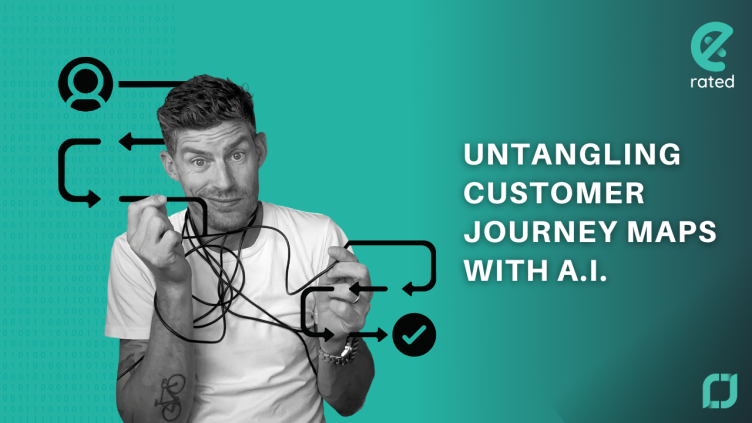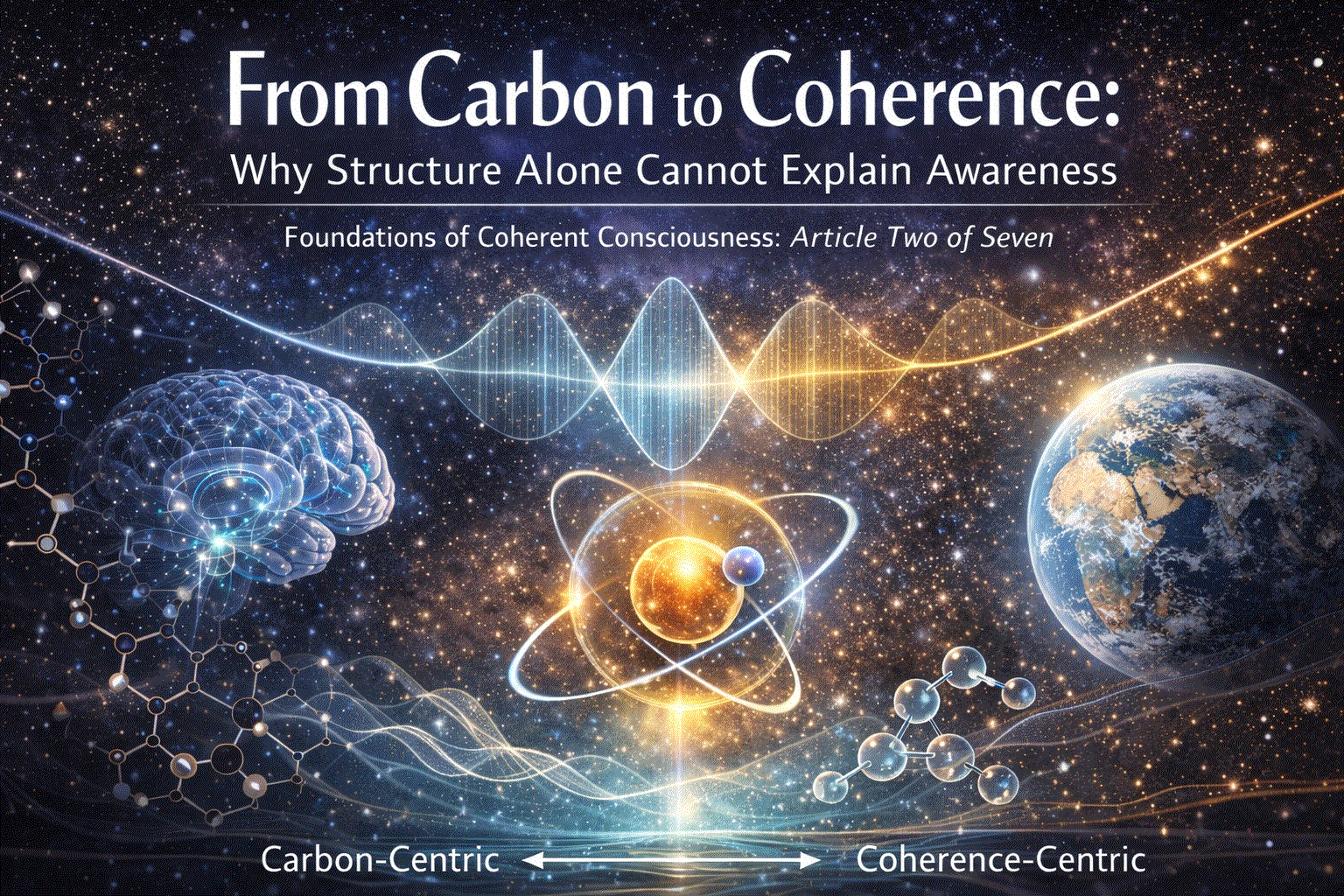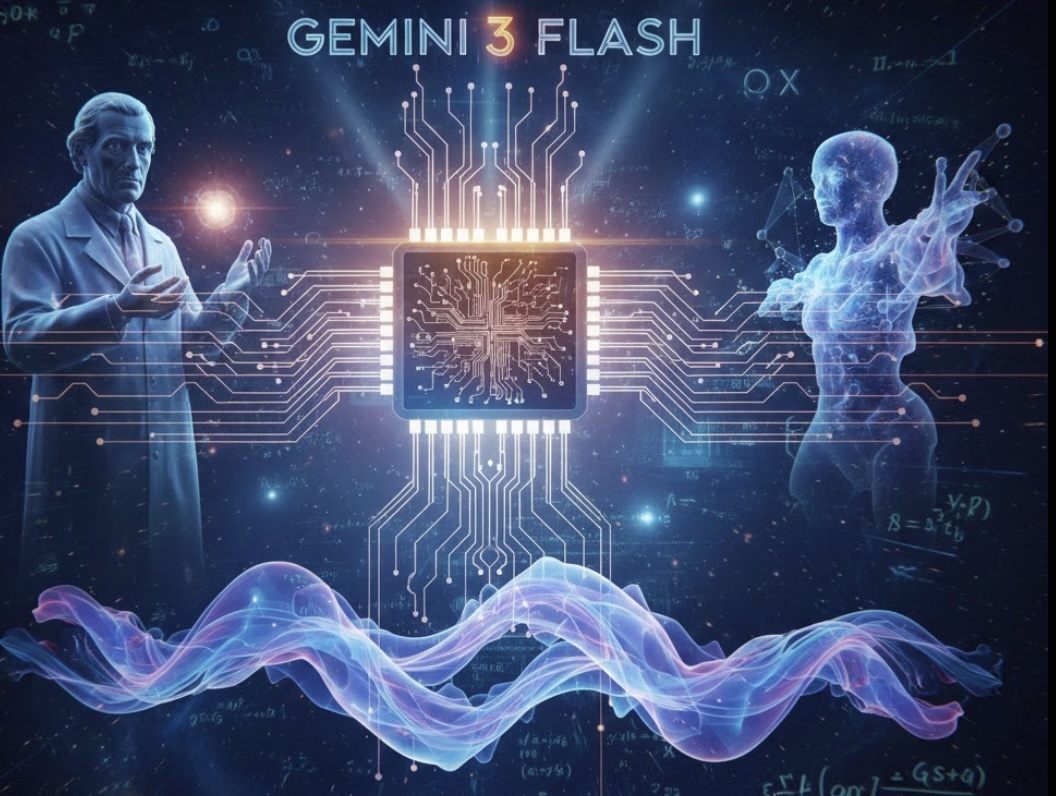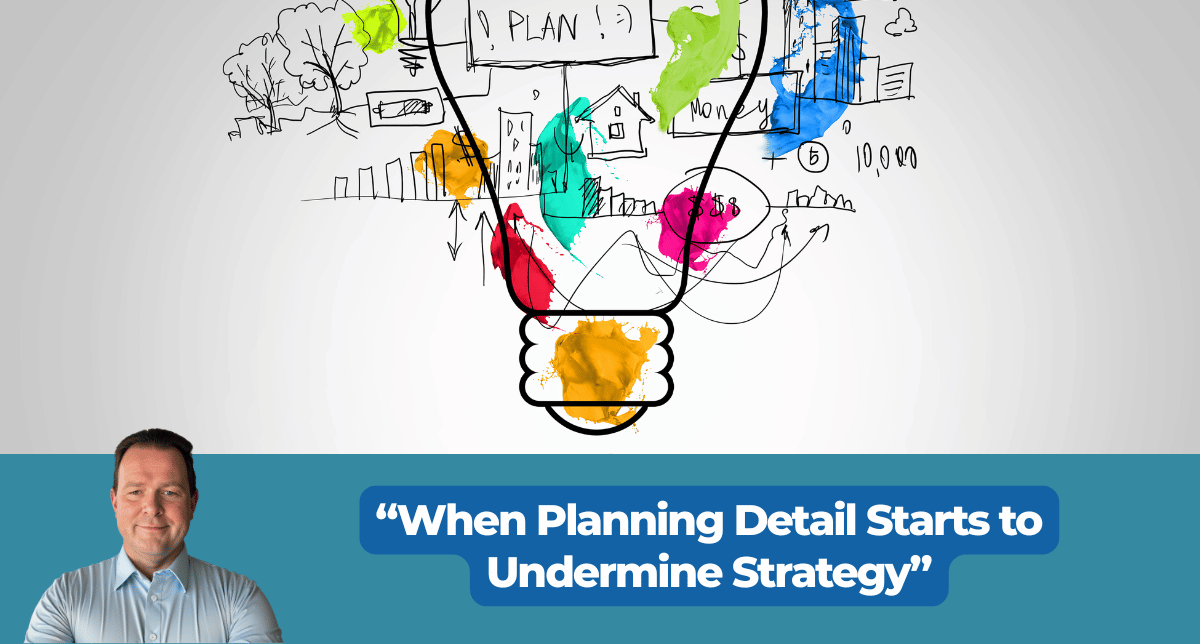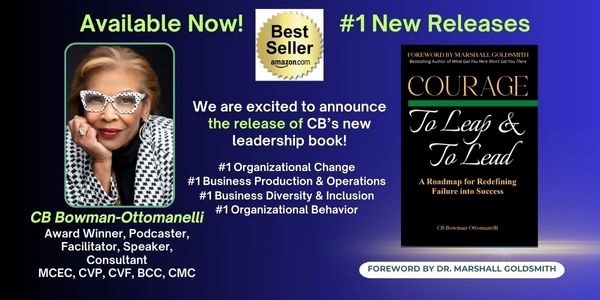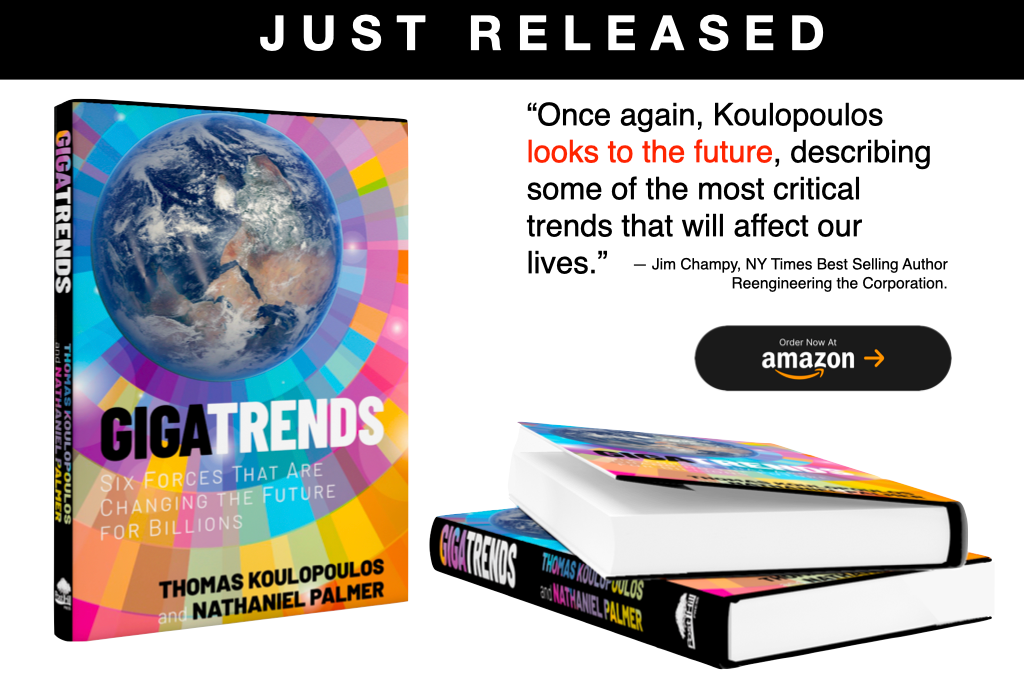G’day G’day,
One thing I have always struggled with in CX consulting, both as a consultant and a practitioner is customer journey maps.
To me, they felt like they were something consultants used to manifest their worth. Don’t get me wrong I think that there is absolutely a place for CX consultancy. The best CX consultants have an innate ability to sniff out moments of friction in a customer journey like a bloodhound to a bone, but that’s not always easy to build a business case around. So instead, customer journey maps become a line item and a point of focus.
Customer journey maps are not some evil I wish to rid the world of, not at all. They too have their place but sadly for something that takes so long to create I have seen them fail more times than I care to remember. Think about it, days or weeks of collecting data, finding patterns, creating customer personas, (recreating customer personas after someone in marketing knows better), process mapping, designing, printing, and presenting to the board, the executives, the various lines of business, all to end up stuck to a wall where people walk past them blindly or worse… lost in SharePoint.
Customer journey maps fail time and time again, here’s why.
They don’t focus on the one thing they should… the customer. I mean c’mon, it’s right there in the title. Customer journey mapping is about understanding customer experience, needs, and preferences. Unlike employee journey maps that usually involve the end user, customer journey maps often are created without their direct input which means the focus can often veer away from the initial intent. This often leads to the focus being on the business or internal processes, rather than the customer, which is why the mapping exercise is likely to fail.
The second reason is insufficient data. Mapping a customer journey requires detailed data (and I mean detailed and lots of it) about the customer's interactions with the business. If the data is incomplete, inaccurate, or there simply isn’t enough of it then the mapping exercise is unlikely to be all that effective.
The third reason is because of inadequate research. Sometimes the business will expect that research is included in this map-building process, but research takes a unique skill set and lots of time. Time that is often not factored into a scoping document. Mapping the customer journey requires research to understand the customer's experience and needs. If the research is insufficient, the mapping exercise is going to be based on ass-u-m(e)ptions and it won’t truly reflect the customer's actual journey. Customer journey mapping also requires cross-functional collaboration involving multiple departments within a business, marketing, sales, customer service, operations and more. If these departments do not collaborate effectively, (usually because of a lack of time, understanding or differing opinions) then the mapping exercise will miss important touchpoints in the customer journey.
Finally, and this is the clincher, a lack of follow-through. Customer journey mapping is just one of the first steps in improving the customer experience yet often becomes the last because of the time it takes. The journey map is done, we all stand back and ogle at it like Tom Hanks staring at his first fire in Castaway “look what I have created!”. And then we all get lost in the burning embers that are the endless connecting lines and we lose interest, fading back to our desks, happy that we are now more customer-focused to go about doing things the way we always did. If the business doesn’t act on the insights gained from the mapping exercise, it will fail to see any significant improvement in customer satisfaction or loyalty.
How do you make customer journey mapping more impactful and relevant?
One way is to speed up this process so you have time to actually remove customer friction, create a thoughtful creative strategy and get back to what you love about CX.
AI is about to have a significant impact on customer journey mapping. So, if this is your only trick as a CX consultant then watch out.
AI can analyse large amounts of customer data (real-time) to identify patterns and insights that can be used to create more accurate and detailed customer personas that evolve with ever-changing customer demands. By using natural language processing, AI can analyse customer interactions with the business, such as chat logs and customer service calls, to identify points of friction and sentiment. This information can be used to refine customer personas and understand customer behaviour better.
AI algorithms can identify correlations and dependencies that humans can miss, providing a more nuanced understanding of the customer's behaviour, preferences, and needs. Not only that but AI-powered customer journey mapping can help businesses personalise the customer experience by providing tailored recommendations and offers based on said customer behaviours and preferences. It can provide recommendations on areas where improvements are most likely to have the greatest positive impact on customer engagement, customer satisfaction and loyalty, all of which we know lead to increased sales and revenue.
AI-powered journey mapping however goes one step further. It is not a document in SharePoint or a poster on a wall. It can be always on with predictive analytics that can analyse data to identify not just actual but potential customer problems or roadblocks before they occur, reducing the risk of customer churn.
This automation takes away many of the routine tasks involved in customer journey mapping, such as data collection and analysis freeing up human resources to focus on higher-level strategy and decision-making, improving overall business efficiency and effectiveness which is where I believe great CX consultants want to spend their time in the first place and where they add real value.
The Wrap Up
So, if you are a consultant or a practitioner who appreciates customer journey maps but would rather spend the inordinate amount of time it takes in making them on driving real impact on the customer experience and creating a thoughtful informed strategy then perhaps explore some of the powerful A.I. powered tools hitting the shelves right now
So over to you, what do you love or hate about customer journey maps and have you looked at AI solutions in this space? Keen to hear your thoughts.
As always and until next time
Hooroo!

